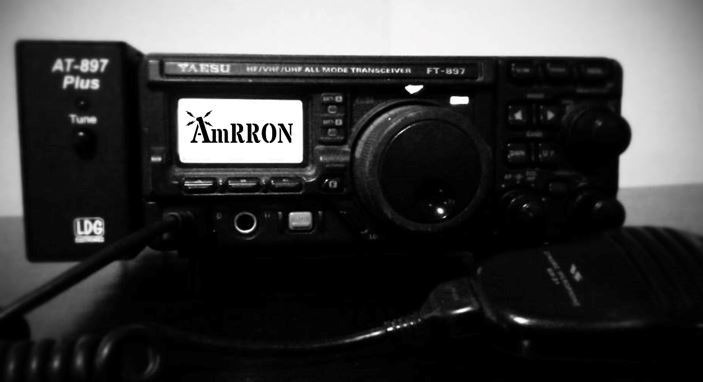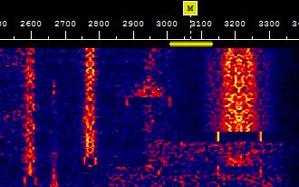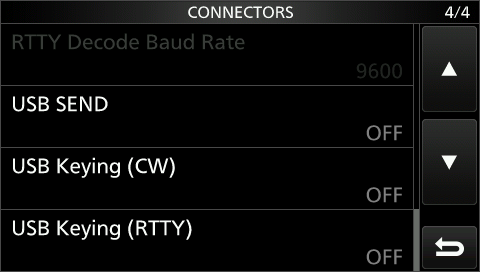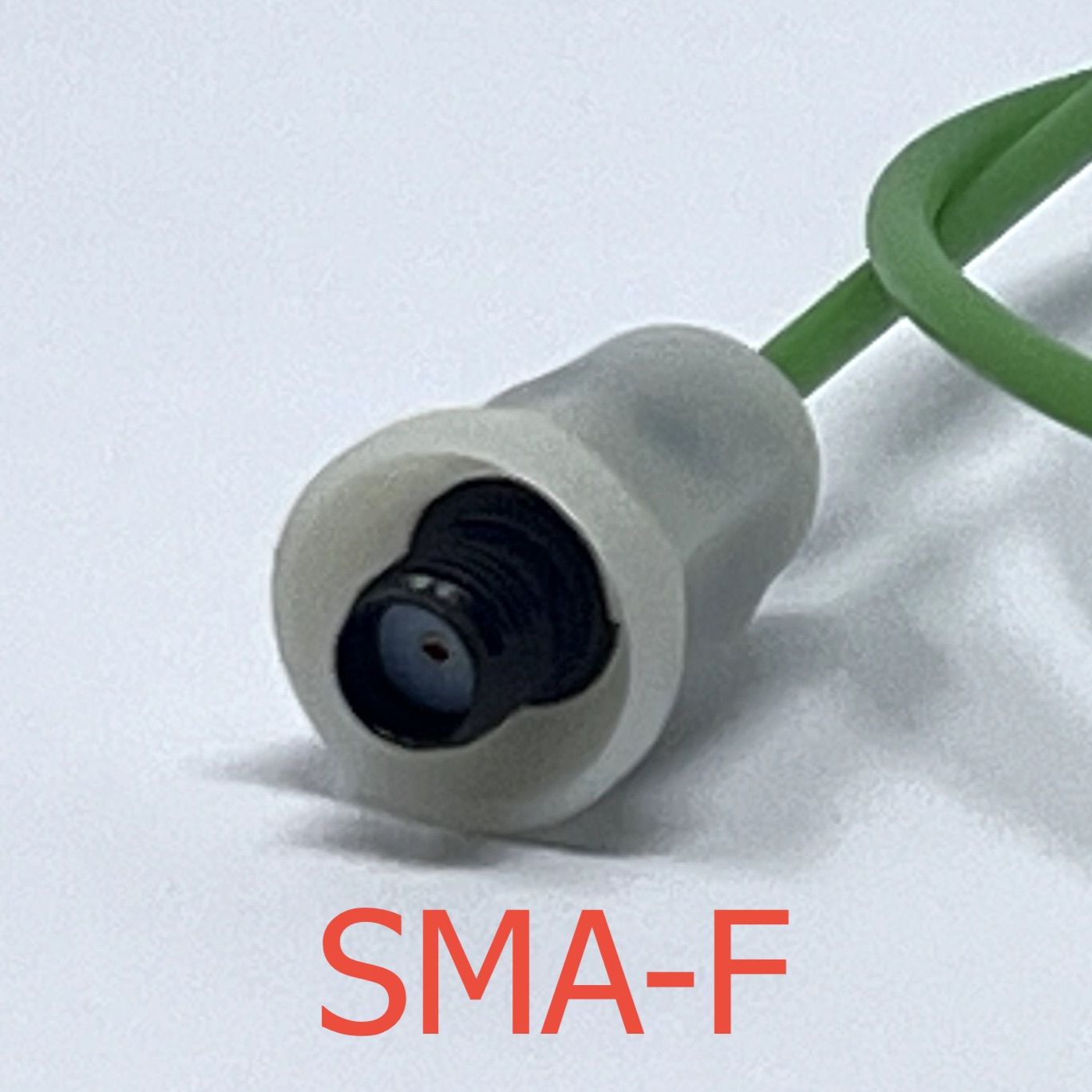Very nice! As I understand, NVIS is desirable for “close-in” 80/40 QSOs. I see that there are 4-station NVIS tracking systems that can be used to radio locate even NVIS-bounced transmissions, so it’s not foolproof wrt COMSEC. HamCap and DX Atlas make a good propagation tool to assess reach with various antennas and power. My 8010 and 40/40 Endfed slopers leave major shadows around my QTH.
This is a report by Spawar pacific how HF performs via NVIS. A lot of the reading is mind numbing math, but it shows how effective it is in shitty terrain like we have here in NH for radio to radio comms without the help of anything else. The whole purpose of me getting in to Ham Radio was for me to talk to my peeps without the dependency on anyone or anything else.
EXECUTIVE SUMMARY
High frequency (HF) links (2 to 30 MHz) are an alternative to the cost and tactical fragility of
commercial satellite communications (SATCOM) for beyond line-of-sight (LOS) links. However, standard
HF systems operating over a 3-kHz bandwidth do not provide sufficient throughput for network
applications. Simply increasing bandwidth does increase throughput—provided the radios are properly
designed for the time-varying wideband HF channel. The wideband HF channel is governed by the
ionospheric variations caused by latitude, the night and day cycle, the direction and length of the haul, the
seasons, and ionosphere disturbances. This report is the first of a series seeking a better understanding of
each of these channel variations to aid in the design of wideband HF systems and the proper comparison of
different HF radios and waveforms.
This report uses wideband mid-latitude HF channel soundings and three-dimensional (3-D) ray-tracing
simulations to develop a statistical model of a particular nearly vertical incidence skywave (NVIS) channel.
This model is expressed in a form that is programmable in a channel emulator so that different radios can
be tested under controlled conditions. The 3-D ray-tracing code is validated by measurements with the
intention of running the code over different times and geographic locations to generate channels that have
not been measured over the air. Then, those simulated channels will be used to compute statistical models
for particular geographic, temporal, and environmental conditions.
The immediate application of this particular channel is for small unit mobile ground forces with
vehicle-mounted antennas. Near-term extensions support mid-latitude short-haul (200 to 1,500 km) and
long-haul ship-to-ship and ship-to-shore wideband HF channels. Long-term payoffs for the warfighter will
be a better HF radio design, leading to increased data rates, more stable networks, reduced power
requirements, and improved low probability of detection (LPD)
Anything can be tracked if you transmit enough.










![Cheers [cheers] [cheers]](/xen/styles/default/xenforo/smilies.vb/018.gif)
